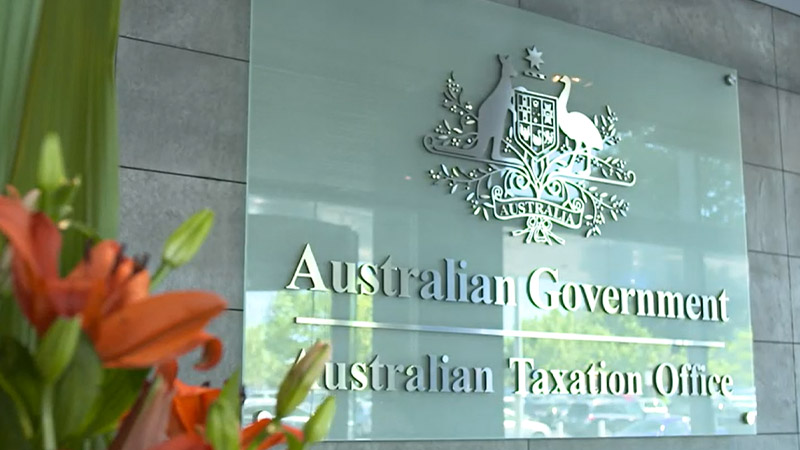Instrument for in-house asset exclusion now registered
A legislative instrument which is designed to protect SMSF trustees from adverse in-house asset issues where they provide rental deferrals has now been registered.
In August this year, the ATO released a draft legislative instrument for consultation which would exclude an asset from being an in-house asset where a rental deferral has been offered on arm’s-length terms to the tenant under a lease during the 2020 and 2021 financial years due to the impact of COVID–19.
The final version of the legislative instrument, Self-Managed Superannuation Funds (COVID-19 Rental income deferrals – In-house Asset Exclusion) Determination and the explanatory statement have now been registered on the Federal Register of Legislation.
The ATO explained that due to the financial impacts of COVID-19, some SMSF trustees have had to provide rental relief in the form of deferrals to a related-party tenant.
SMSFs invested in regulation 13.22B and 13.22C entities have also had to provide rental deferrals to tenants in some cases.
“Generally, this would mean the fund would need to dispose of the in-house asset before the next financial year where it exceeds the 5 per cent threshold,” the ATO explained.
However, the determination states that for the purposes of paragraph 71(1)(f) of the Superannuation Industry (Supervision) Act 1993, the resulting asset will not be an in-house asset of the fund for the 2019–20 or 2020–21 years, where the fund allows a related-party tenant a deferral or rental income under a lease on arm’s-length terms due to the financial impacts of COVID-19.
The determination also states that the asset will be exempt from becoming an in-house asset due to the operation of regulation 13.22B or regulation 13.22C of the Superannuation Industry (Supervision) Regulations 1994, where a related party allows a tenant a deferral of rental income under a lease on arm’s-length terms due to the financial impacts of COVID-19.
The ATO noted that the determination does not apply to rental waivers or reductions as this type of relief does not give rise to an in-house asset in the fund.
“However, we have previously said that we won’t be taking any compliance action for the 2019–20 and 2020–21 financial years if an SMSF gives a tenant, even one who is also a related party, a temporary rent reduction or waiver because of the financial effects of COVID-19 during this period,” the regulator stated.
During the consultation on the draft instrument, DBA Lawyers pointed out that the draft instrument did not expressly cover regulation 13.22D of the SISR which sets out what event will cause shares in a non-geared company or units in a non-geared unit trust to become in-house assets.
“The determination does not expressly state that shares in a company or units in a unit trusts covered by the exclusion will continue to enjoy this exclusion indefinitely — i.e., assuming no other triggering events have occurred aside from the rent deferral,” said DBA Lawyers senior associate William Fettes.
“This is an important point in light of the ATO view set out in SMSFD 2008/1 that triggering a condition in reg 13.22D of the SISR will mean the exclusion under s 71(1)(j) of the SISA can never again operate for the SMSF even if the circumstance that caused the event to happen no longer exists.”

Miranda Brownlee
Miranda Brownlee is the deputy editor of SMSF Adviser, which is the leading source of news, strategy and educational content for professionals working in the SMSF sector.
Since joining the team in 2014, Miranda has been responsible for breaking some of the biggest superannuation stories in Australia, and has reported extensively on technical strategy and legislative updates.
Miranda also has broad business and financial services reporting experience, having written for titles including Investor Daily, ifa and Accountants Daily.








